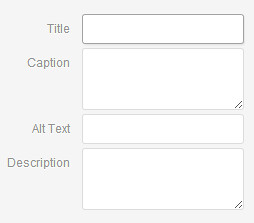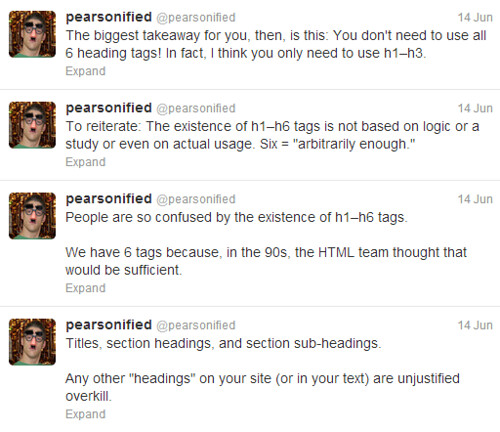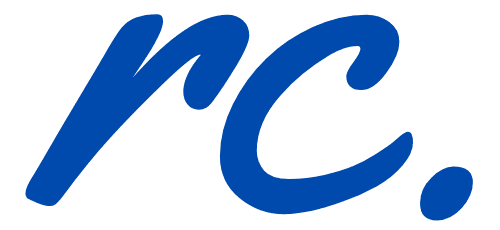Nearly every successful bloggers talks about content optimization, website optimization and best SEO practices when it comes to the almighty SEO. And of course, you will be wondering what content optimization will to do with search engine optimization.
Welcome to the new era (after Google Penguin update). You have probably heard some websites got a huge Page Rank boost and I know one who had a superb boost, from a PR 0 to a PR 4!
Let’s get back to topic on the relationship between content optimization and search engine optimization, shall we?
What is Search Engine Optimization?
Search Engine Optimization or also known as SEO, is regarded as the most important thing for a blogger or web developer when it comes to ranking.
In easier words, search engine optimization refers to the process in making blogs and websites selected as the best information provider by search engines like Google, Yahoo and Bing.
There could be one hundred million websites (I am just making up the numbers) now on the world wide web and search engines are not able to show all the results.
Therefore, blogs and websites which are highly optimized for search engines will be featured in the search engine result pages (SERPs).
Make sense?
Higher and better search engine optimization = More visibility for search engines = More chances of ranking better on result pages = More traffic to blog = Better chance of making money through blogging

So, what is content optimization?
Now, some of you might have heard about content optimization and some doesn’t. Don’t worry as this was first an ‘alien’ to me as well. Content optimization is the process of us (bloggers) optimizing our website contents.
Guys, pay attention to this as content optimization one of the best search engine optimization techniques after Google Penguin Update.
Content optimization doesn’t mean making your content as short as possible or reducing the number of words. Instead, it means that shifting your focus on several parts to make your article standout.
Sounds crazy? Sounds like lots of work? Definitely, if you want to have good ranking then it is worth your time. I used to write 3 to 5 articles a day. When I started doing content optimization, I only manage to write one article per day. So, give me a break ya?
Content optimization focuses on several important SEO practices (which I will explain in a minute or less):
- Focus keyword
- Density of keywords
- Using alt tags
- Using H1 to H3 headings
- Use both internal and external link building methods
1. What is focus keyword?
Content optimization: You want your content to be filled with your focus keyword. Period.
For bloggers who are using WordPress SEO by Yoast, this term will be very familiar for you. I always consider focus keyword as the main objective or title of the website.
When you are aware of the focus keyword, you would then be able to write and create better blog post. Trust me on this.
Basically focus keyword plays a huge role when it comes to search engine optimization is because it allows bloggers like you and me to be very focus in the topic we are writing. You can actually consider that as niche writing if that helps you to understand further.
Not to forget, focus keyword is usually short and very descriptive. The more precise your focus keywords are, the better the chances you are going to increase your blog rankings.
2. How keyword density affects content optimization and SEO ranking?
There’s no denial in the advantages of using keywords when it comes to search engine optimization. It doesn’t matter if you are writing an article based on 500 words or 1,500 words. Keyword density is much more than just plain important and it is a very important factor in content optimization.
Thinking of getting your content optimized? Get your hands dirty with keyword density and you will see your website or blog grow. When I say your website will grow, I mean growing in both traffic, SEO ranking and make more money online. Seriously.
When we talk about keyword density, it usually means the amount of focus keywords used in that particular article. I heard many people saying that it is best to have focus keywords to be nothing more than 5% density.
For me, I prefer to have a 3% keyword density for my main keyword. Why? Self preference and no obvious reasons! Throughout my years in doing various research on optimization techniques, I concluded that I wanted my article to be a little different from the rest. My SEO practices in my websites are slightly different especially when it comes to keyword density.
Basically, I try to have 3 keywords in all my blog posts. Here’s how the ‘layout’ and my search engine optimization blueprint:
2% – main keyword
1% – secondary keyword
< 1% – secondary keyword
My main keyword is usually very focused, two to three letters keyword while the balance two keywords are usually slightly phrase keyword or general keyword (high competition keyword).
3. Using alt tags in content optimization techniques
Again and again, I see bloggers and many webmasters leaving this important optimization factor out and honestly, I have no freaking idea why!
Where you can find alt tags? You can find alt tags only in images (especially when you are uploading them). Screen shot as below:

So, why alt tags are important in terms of search engine optimization? Google and many search engines doesn’t only look at your content description but also, alt tags.
Therefore, if you want to rank well on search engine result pages (SERPs), then you better get all images up with the right alt tags. When it comes to alt tags, there is basically just one rule for that.
The rule is…drum roll please…the important SEO rule in alt tags is to always insert your selected keywords into your alt tags.
Why amigo? Why?
Read the above again. Search engines such as Google do index these images and check on their alt tags. Make sense? Go figure!
4. The H1 to H3 roles in search engine optimization
Before you read what I have to say about the famous H1 to H3 heading tags, this is what Pearson had to say. If you are wondering who Pearson is, he is the one of the important figures behind the famous WordPress theme, Thesis Theme from DIYThemes.

Yup you see and read them correctly! Here are three things you learn from the image above:
- You should only focus using H1 to H3 heading tags in your blog or website
- You should use H1 to H3 heading tags to boost your SEO ranking
- You could use H4 to H6 but they doesn’t really matter much in terms of SEO
Don’t believe? Take a moment to scroll through this blog post. Do you noticed that I uses H1 heading for my main blog title followed by H2 and H3 headings for different sub headings?
For me, the reason behind this is rather easy. Google loves the fact that we (bloggers and writers) are trying to make website navigation easier. With these different heading tags, readers (especially skimmers) are able to browse through the whole blog post and searching for the right headline or subject to read instead of reading the whole article itself.
Using the different heading tags actually makes your article or blog post more organized and in terms of SEO, it means optimized. Yes, you got it right now! Hello content optimization.
Wait! Alt tags doesn’t only help in SEO but it also makes reading more fun and at the same time, reduces the bounce rate for the website.
Whoa! Isn’t that one hell of an advantage with just one optimization techniques? You bet…you bet.
5. External and internal link building strategy
This is what Google says about link building on Ranking Help Article:
In general, webmasters can improve the rank of their sites by creating high-quality sites that users will want to use and share.
From the above, it is clear that Google prefer to see websites being promoted and shared around. So, what does this do with link building?
When it comes to search engine optimization, everyone talk about building external links and that’s where everyone is so wrong! Link building is not about building external links but as well as building internal links.
Honestly, I didn’t noticed the importance of building internal links until I came across this SEO content optimization tool. At first, I was wondering why my page score wasn’t that high as what I expected. After some digging, I realized that linking at least one internal link on my blog post could easily increase the page score.
And that was huge!
That wasn’t enough and I did extra homework. After finding reviews and several opinions from larger SEO websites, I realized that the correct link building strategy is a healthy combination of internal and external links.
So, the moral of the story is pretty simple. If you want to perform good content optimization or you are searching for a good search engine optimization technique, make sure you practice building both internal and external links to your websites.
That is the bottom line when it comes to optimize your website correctly.
What do you understand about content optimization now?
With the latest Google Penguin Update, content optimization had become more important than ever. Do you practice any other content optimization? I am looking forward to hear from you and feel free to contact me or reply to me using the comment form.
Like this article? Please help me to share using the red button below.

